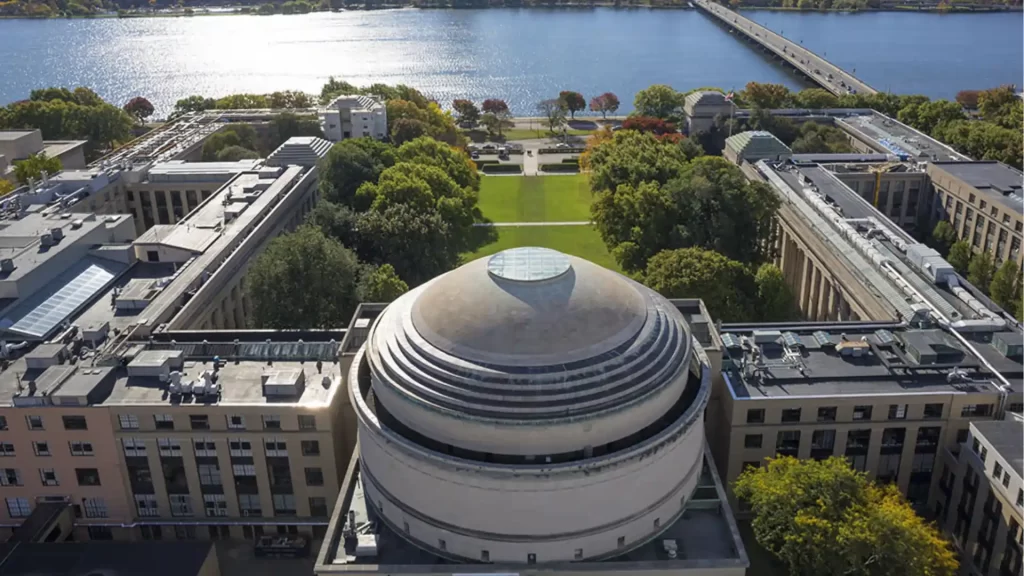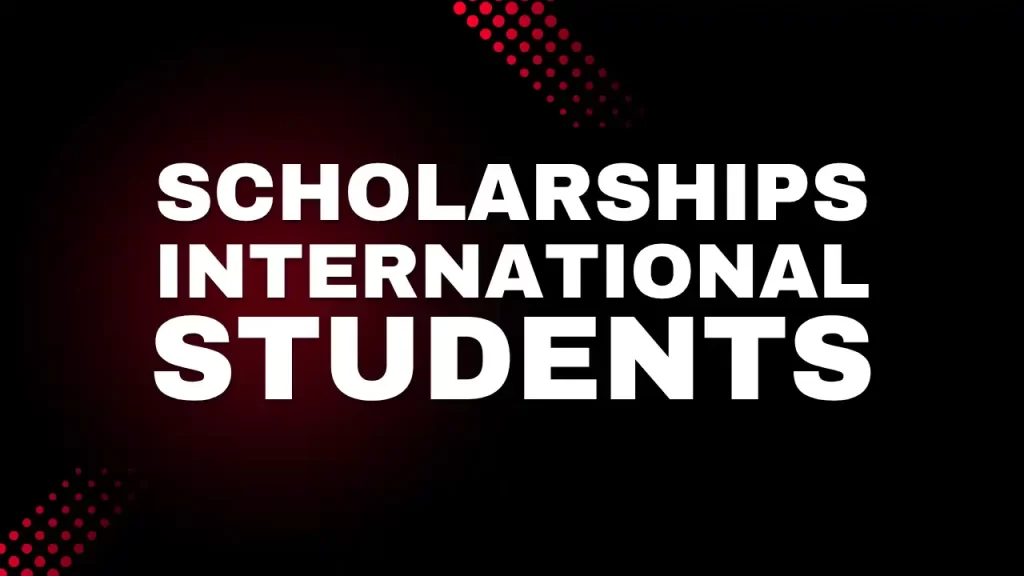Which are the best STEM universities in the USA in 2025? If you’re passionate about Science, Technology, Engineering, or Mathematics, the U.S. offers some of the most prestigious institutions on the planet — powering innovation, research, and global careers.
In this article, we explore the top-ranked STEM universities, explain why they stand out, who should apply, where they’re located, and how to choose the right one for your goals.
What Are the Top STEM Universities in the USA (2025)?
Based on the latest QS Ranking, US News, and Times Higher Education rankings, here are the top STEM universities in the U.S. in 2025:
| Rank | University Name | STEM Strengths | Location |
|---|---|---|---|
| 1 | MIT (Massachusetts Institute of Technology) | AI, Robotics, Physics, Computer Science | Cambridge, MA |
| 2 | Stanford University | Data Science, Engineering, Space Tech | Stanford, CA |
| 3 | California Institute of Technology (Caltech) | Quantum Computing, Math, Aerospace | Pasadena, CA |
| 4 | Harvard University | Bioengineering, Medical Tech, Data Analytics | Cambridge, MA |
| 5 | UC Berkeley | Software Engineering, Physics, Environmental | Berkeley, CA |
| 6 | Carnegie Mellon University | AI, Cybersecurity, Robotics | Pittsburgh, PA |
| 7 | Georgia Institute of Technology | Mechanical, Electrical, Civil Engineering | Atlanta, GA |
| 8 | University of Illinois Urbana-Champaign | Computer Engineering, Math, AI | Urbana, IL |
| 9 | University of Michigan | Chemical Engineering, Applied Physics | Ann Arbor, MI |
| 10 | Princeton University | Theoretical Physics, Mathematics | Princeton, NJ |
Why Are These Universities Considered the Best in STEM?
These schools are known for:
- Nobel Prize–winning faculty and alumni
- Groundbreaking STEM research labs and startups
- Partnerships with Google, NASA, Apple, SpaceX, Intel
- State-of-the-art infrastructure and research funding
- Global impact and innovation patents
Key Indicators Used for Ranking:
- Research output and citations
- Graduate employability in tech and research
- Faculty-to-student ratio
- STEM grants and partnerships
- Cutting-edge lab infrastructure
Who Should Apply to These STEM Programs?
These universities are ideal for:
- High school students with exceptional aptitude in science or math
- Olympiad qualifiers, JEE toppers, AP/IB scholars
- Students with projects, research papers, or innovation experience
- Anyone aspiring to pursue AI, robotics, aerospace, biotech, data science, or theoretical physics
Where Are These STEM Giants Located?
Most of the top STEM universities are located in technology hubs across the U.S.:
- California: Stanford, Caltech, Berkeley
- Massachusetts: MIT, Harvard
- East Coast: Princeton, CMU
- Midwest: UIUC, Michigan
- South: Georgia Tech
Proximity to Silicon Valley, Boston’s biotech corridor, and NASA centers boosts opportunities for internships and research.
Bonus: Notable STEM Achievements from These Universities
- MIT: Invented the first AI Lab (CSAIL), co-founded Dropbox & iRobot
- Stanford: Birthplace of Google, NVIDIA, and Yahoo
- Caltech: Operates NASA’s Jet Propulsion Lab
- Carnegie Mellon: Leads in Robotics Institute and AI governance
- UC Berkeley: Key developments in UNIX, CRISPR, and microchips
FAQ: STEM Universities in the USA
Both are world-class. MIT excels in engineering and physics; Stanford leads in AI and startup culture.
Yes. Harvard and Princeton are strong in math, physics, and bioengineering though not all Ivies are STEM focused.
Yes. Most top universities offer need-based or merit-based aid for international STEM students.
Some universities are test-optional. Always check the official site of the program.
MIT, Stanford, and Carnegie Mellon dominate the AI field in research, talent, and funding.
Conclusion
The top STEM universities in the USA in 2025 continue to shape the future from curing diseases to building robots and exploring Mars. If you’re passionate about pushing the limits of science and technology, these schools are where innovation begins.


